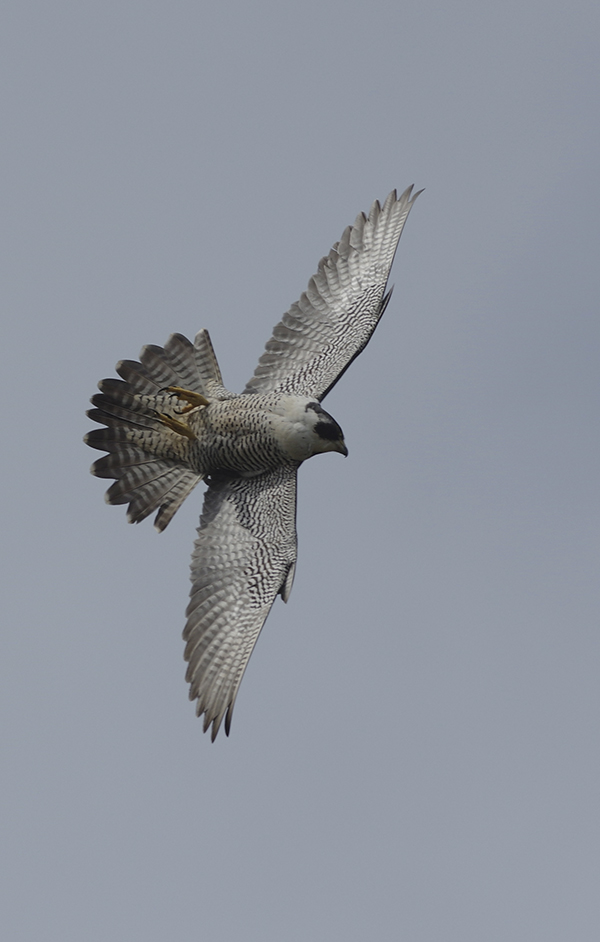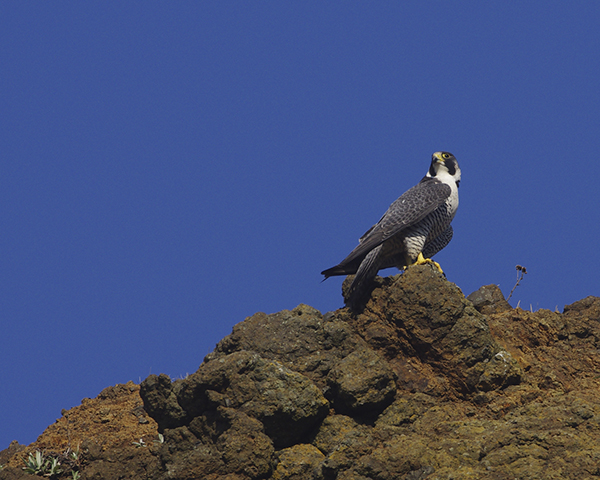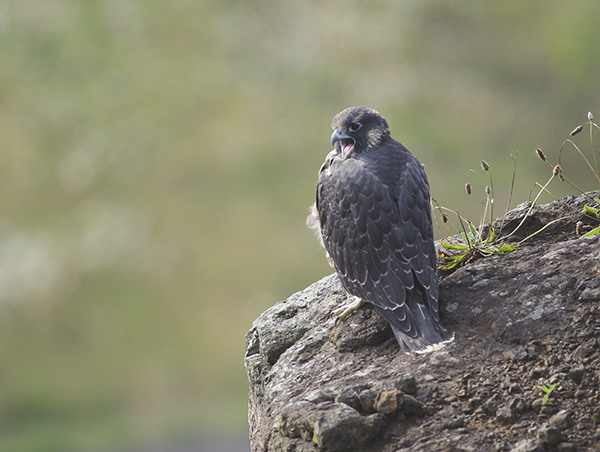Peregrine Falcons of Yaquina Head.
The Yaquina Art Association Photographers are pleased to offer a program on Peregrine Falcons of Yaquina Head on December 7, 2015 at 7 pm in the upstairs classroom of the Visual Art Center. The presenter, Wayne Hoffman has worked in the field of conservation throughout his career. Since 2011, he has been paying particular attention to the Peregrine Falcons that have established a nesting territory at Yaquna Head. Combining wildlife photography which is his primary avocation, with particular emphasis on birds and mammals with his studies and observation, he will share his expertise with the public. This program is offered free of charge.
He has studied seabird distribution in Alaskan waters; marine mammals, sea turtles, and seabird distribution off the southeastern United States; the ecology of shorebirds and waterfall in a Kansas wetland; wading birds in the Everglades; and songbird populations in hardwood plantations in Ontario, Virginia, North and South Carolina and Oregon. Since 1999 he has been employed by the MidCoast Watersheds Council, working on restoring watershed health and salmon habitat in the Mid Coast area.
Peregrine Falcon populations were nearly extirpated in temperate North America by persistent pesticides in the 1950s and 1960s. In the 1970s, it was believed that no nesting pairs survived in Oregon. Since the banning of these pesticides, and with the help of a reintroduction program, the Peregrine population has recovered to the extent that over 100 nesting territories are now known in the state.
In 2011, a pair of Peregrines established a territory at Yaquina Head, and in 2012 began nesting on a ledge in the main quarry wall near the Visitors’ Center. This is one of the most accessible sites for photographing these spectacular birds in the northwest, and the birds have been more accepting of human activity in the vicinity of the nest than at most natural nest sites. This circumstance has allowed Wayne and other local photographers to recognize the birds as individuals, and to learn much about their biology and social lives. Their observations have contributed information on courtship and nesting behavior, diet, and population dynamics.





